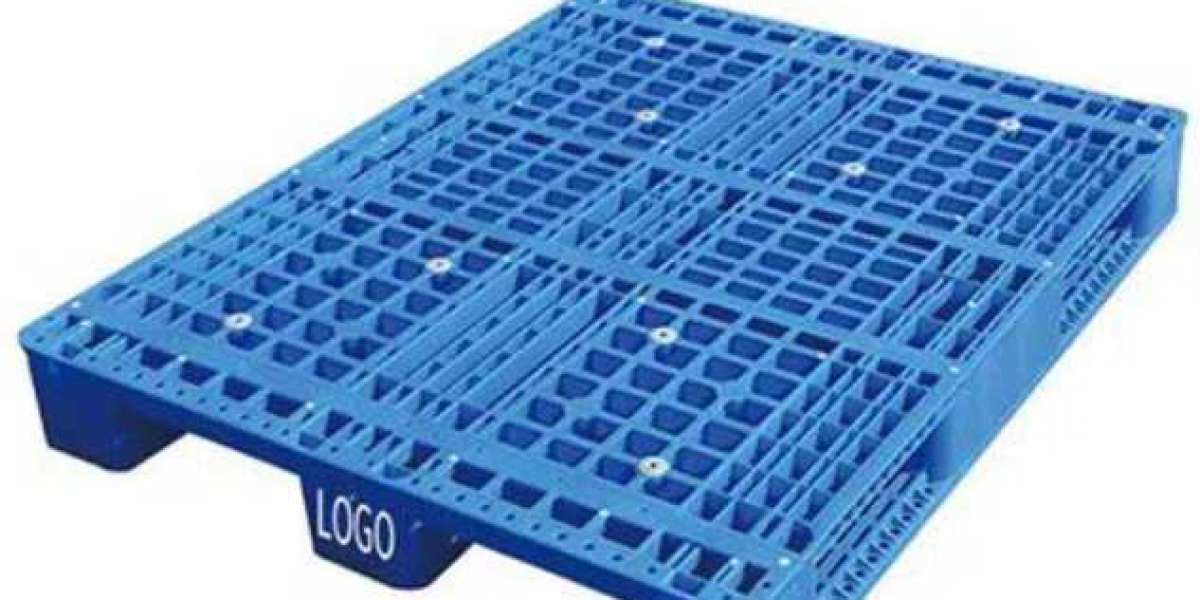In the realm of retail and hospitality, the humble receipt printer plays a crucial role. Once a simple mechanical device connected to a cash register, receipt printers have evolved significantly over the years, adapting to changing technological landscapes and consumer demands. Today, they are sophisticated pieces of equipment that not only print receipts but also contribute to enhancing customer experience and streamlining business operations.
The Early Days: Mechanical Receipt Printers
The history of receipt printers dates back to the early 19th century when businesses began utilizing cash registers to streamline transactions. These early machines featured basic mechanical receipt printers that used inked ribbons to print transaction details onto paper rolls. While rudimentary by today's standards, these printers revolutionized the retail industry by providing a reliable method for documenting transactions.
The Advent of Thermal Printing
The late 20th century witnessed a significant advancement in receipt printer technology with the introduction of thermal printing. Unlike traditional impact printers, which relied on ink ribbons and mechanical components, thermal printers utilized heat to transfer text and images onto specially coated paper. This innovation offered numerous benefits, including faster printing speeds, quieter operation, and improved print quality. Thermal printers quickly became the preferred choice for businesses due to their reliability and cost-effectiveness.
Integration with Point-of-Sale Systems
As electronic point-of-sale (POS) systems gained popularity in the late 20th and early 21st centuries, receipt printers evolved to integrate seamlessly with these systems. Modern receipt printers are equipped with various connectivity options, including USB, Ethernet, Bluetooth, and Wi-Fi, allowing them to communicate with POS terminals and other devices efficiently. This integration enables features such as automatic receipt printing, digital receipts via email or text message, and real-time reporting.
Enhanced Functionality and Features
In addition to printing transaction receipts, modern receipt printers offer a range of advanced functionalities to meet the evolving needs of businesses. Many models now support printing of barcodes, graphics, logos, and promotional messages, allowing retailers to customize receipts and enhance branding efforts. Some printers are equipped with integrated card readers for processing payments, further streamlining the checkout process and reducing clutter at the point of sale.
Cloud-Based Printing Solutions
With the proliferation of cloud computing, receipt printers have embraced cloud-based solutions to offer enhanced flexibility and scalability. Cloud-connected printers can receive print jobs from any internet-enabled device, enabling businesses to manage receipts centrally and access real-time sales data from anywhere. This capability is particularly valuable for multi-location retailers and hospitality establishments seeking to streamline operations across their entire enterprise.
The Rise of Mobile Receipt Printing
The advent of mobile technology has led to the emergence of mobile receipt printers, which cater to the growing demand for on-the-go printing solutions. These compact and lightweight printers pair with smartphones, tablets, or POS terminals via Bluetooth or Wi-Fi, enabling businesses to issue receipts anywhere on the premises. Mobile receipt printers are especially popular in industries such as food delivery, transportation, and field service, where traditional POS setups may not be feasible.
The Future of Receipt Printers: Innovation and Integration
Looking ahead, receipt printers are poised to continue evolving in response to technological advancements and changing consumer expectations. Integration with emerging technologies such as NFC (Near Field Communication) and QR codes may enable new functionalities such as contactless payments and interactive receipts. Moreover, artificial intelligence and machine learning algorithms could be leveraged to analyze transaction data and provide actionable insights for businesses to improve customer engagement and operational efficiency.
In conclusion, receipt printers have come a long way since their inception, evolving from mechanical devices to sophisticated tools that play a vital role in modern commerce. With their integration with POS systems, adoption of cloud-based solutions, and embrace of mobile technology, receipt printers have become more than just transactional tools—they are essential components of a seamless and efficient customer experience. As businesses continue to innovate and adapt to changing market dynamics, receipt printers will undoubtedly remain a cornerstone of retail and hospitality operations for years to come.







